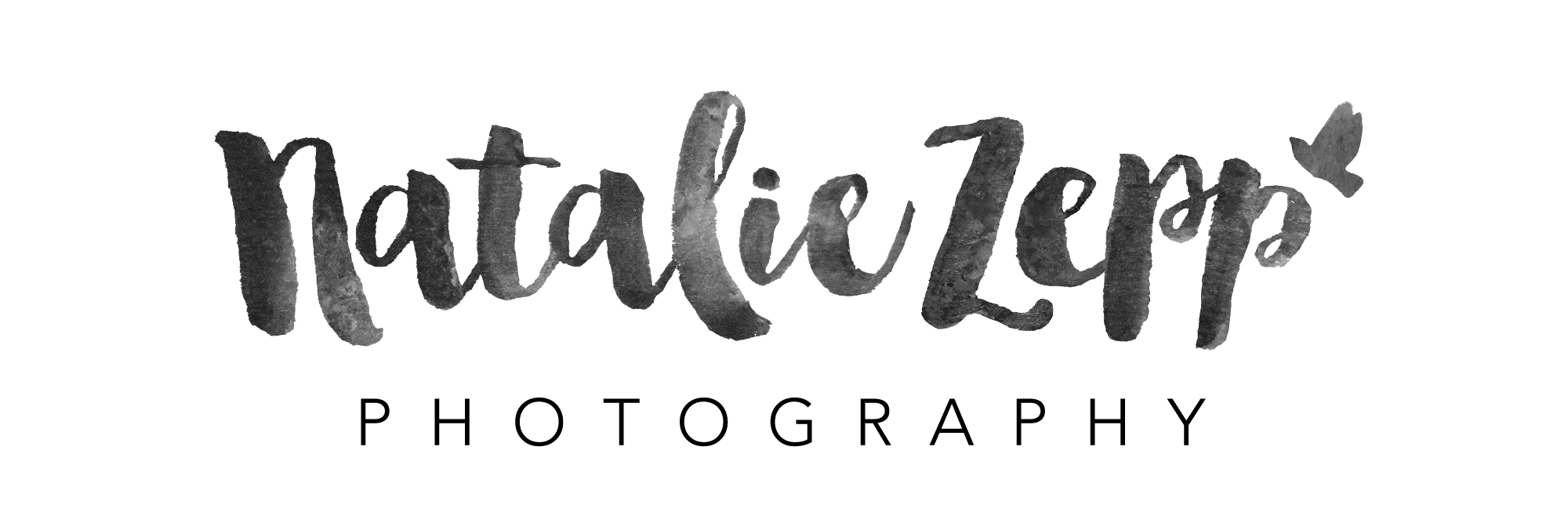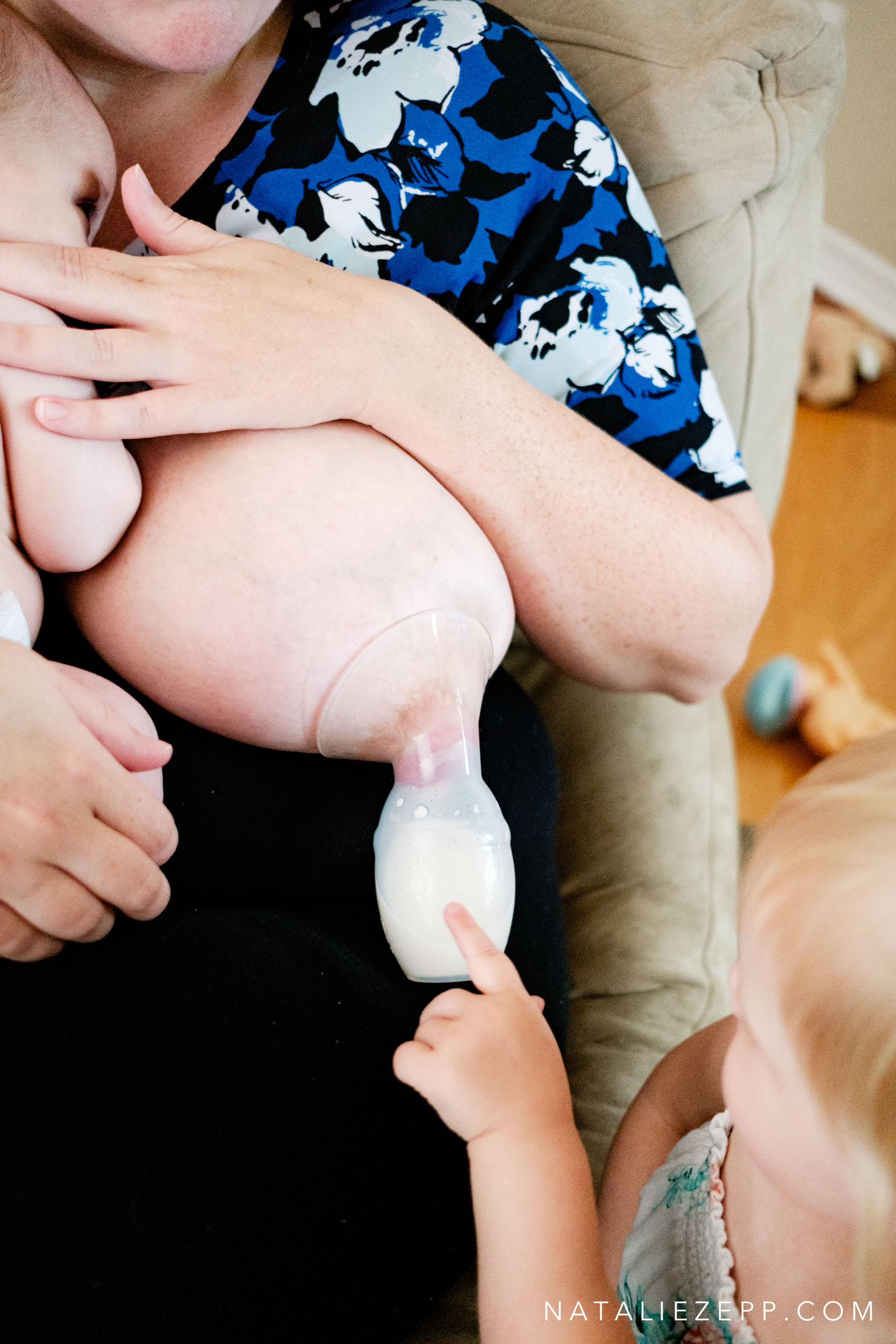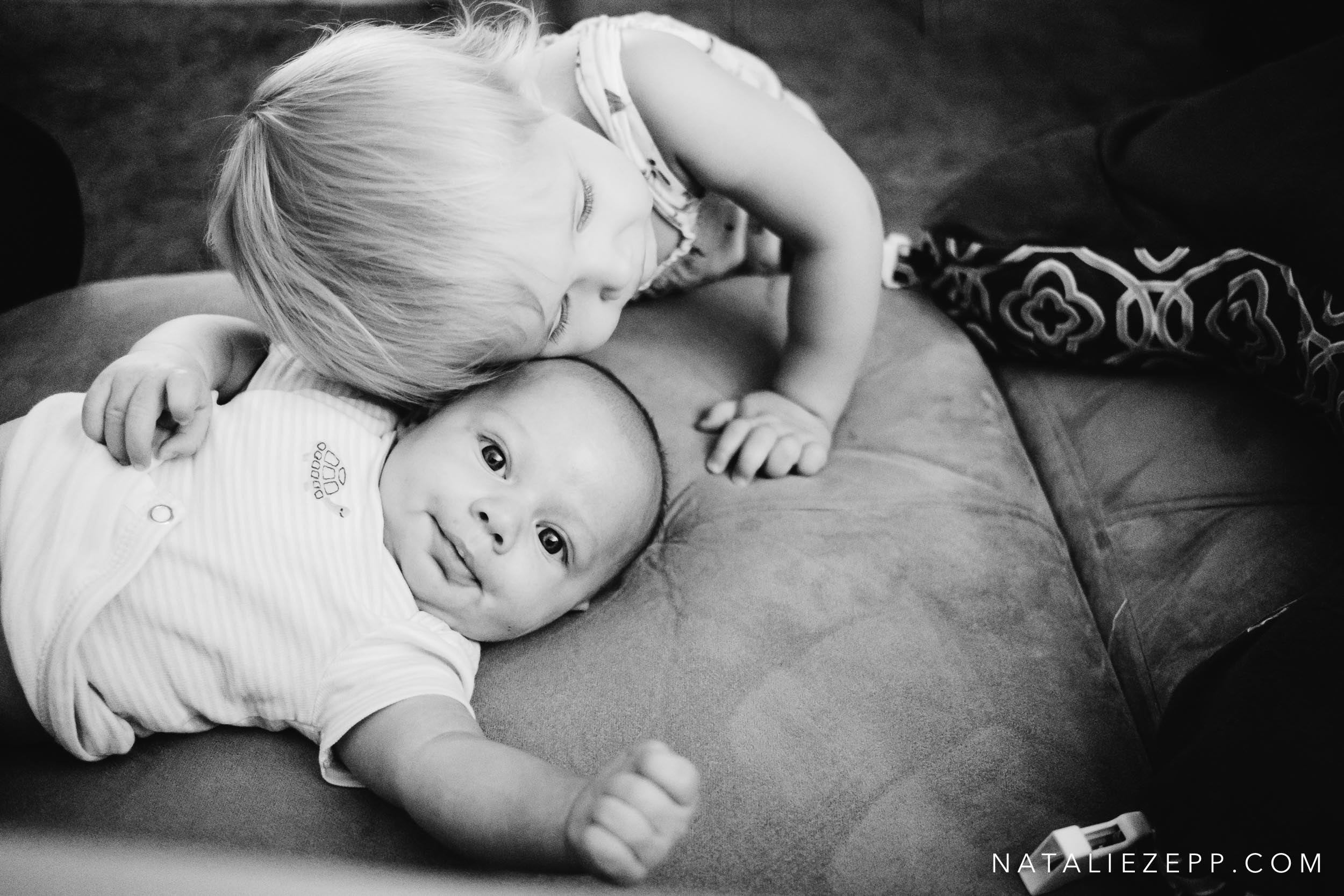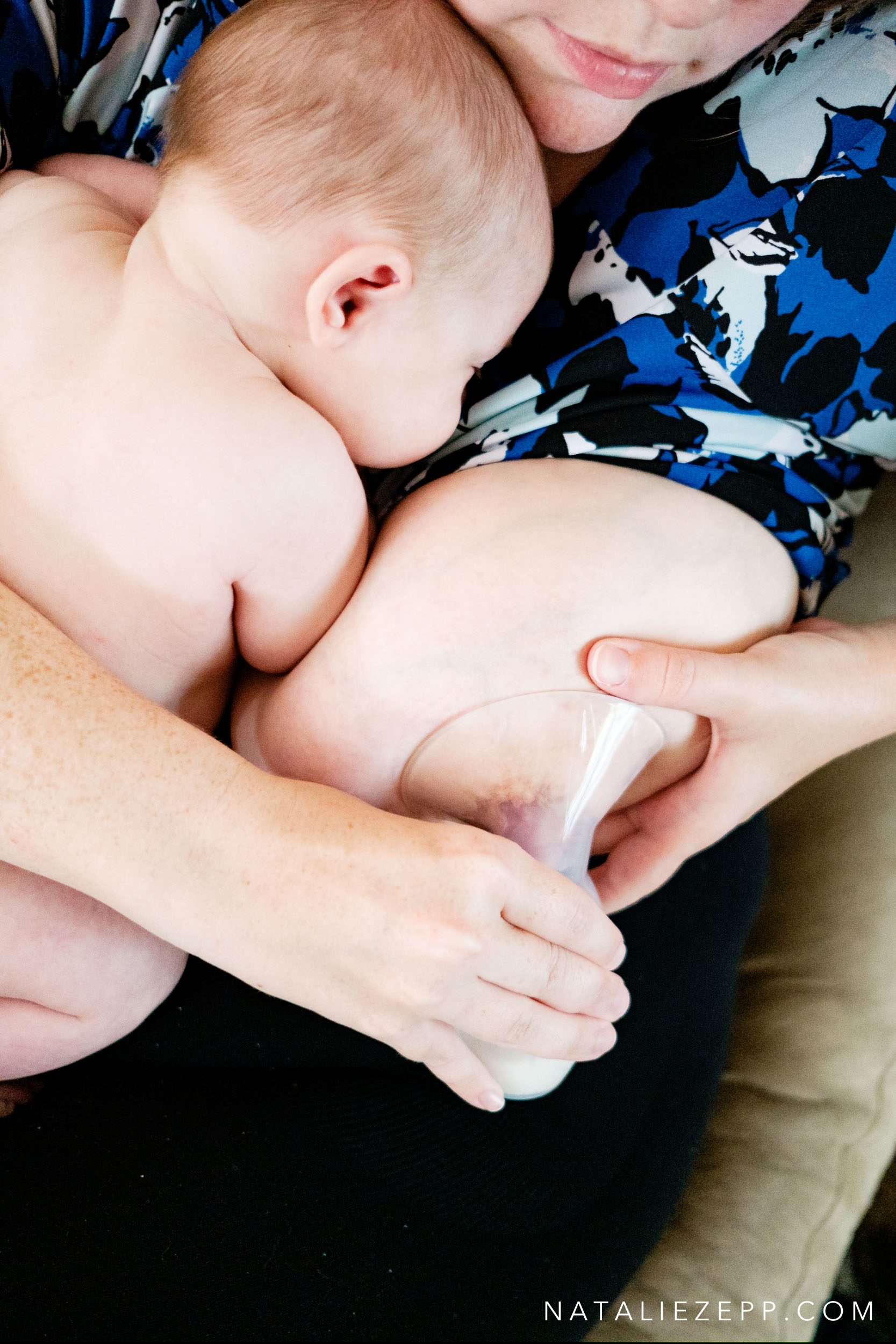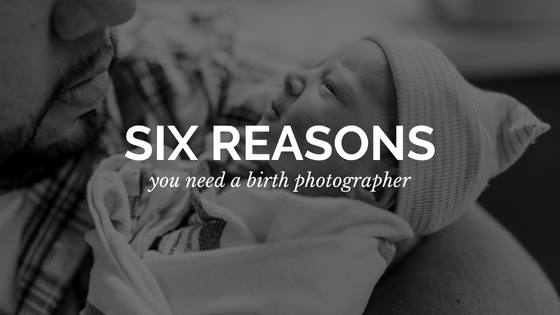Project Fed | Oversupply + Milk Bank Donation
If you are a mother struggling with low supply or having to supplement with formula, oversupply might seem like a gift. But it isn’t. It can be just as limiting and embarrassing as low supply when your top gets soaked thru every time a baby cries, and just as expensive as formula feeding when you go thru breast pads faster than your baby goes thru diapers. Many moms with oversupply spend a lot of time trying to decrease production, so when I heard Katy’s story of oversupply, I knew I wanted to document it as part of Project Fed.
Instead of working to reduce production and achieve a level of supply relative to her baby’s demand, Katy is using her struggle as an opportunity to bless others. And it really isn’t as easy as you might think. Here is her story in her own words:
“My oldest son Gage is 4.5 years old. When he was born, I was determined to breastfeed. However, my nipples cracked. I saw lactation consultants, but was told he had a great latch and was doing OK. After three months of nursing through tears every single day, I stopped breastfeeding a switched to formula. It was a decision I really struggled with! I later found out that he has as tongue-tie that went undiagnosed.
My daughter Gabriella is 1.5 years old. Armed with experience and more knowledge, our breastfeeding journey was much more successful! She nursed for six months before deciding she was done and I continued to pump for her until she was a year old and I found out I was pregnant with baby number three.
My youngest, Gavin, is five weeks old! He was a big surprise, and I was nervous but confident in breastfeeding again. However, my nipples cracked in the hospital and I was once again told that his latch and technique were great. Determined to make it to a year of breastfeeding this time, I seeked out another opinion with our chiropractor, Dr. Kaitlin Ross. (side note that she has been an AMAZING support and friend through all three kiddos!)
Kaitlin referred me to get Gavin’s tongue and lip ties revised and we did so at two weeks old. Since then, my nipples have healed and breastfeeding has greatly improved! However, my nipples were very damaged from my first, and so I will always face challenges because of that…but I am so thankful that we’ve made it this far successfully. Every single day is a blessing!
With all three babies, I have had a HUGE oversupply of milk. With my first, I would leak and soak through all of my clothes during feeds. My mom and I joked that it would be so cool if they invented something to catch the leaking milk so it didn’t go to waste. Then I found out through a Facebook group about My Milkies Milksavers, a collection reservoir that you tuck into your bra to catch the milk leaking from the breast you are not feeding from. GAME CHANGER!!!!
With Gage, I had so much extra milk that I had to buy a deep freezer to store it all. I ended up donating around 1,000 ounces to two moms – one with twins and another with an adopted son. I donated the milk because I found out my son had a dairy sensitivity, and so he couldn’t have it. With all three babies I have had to give up caffeine, dairy, seafood and citrus. Otherwise they were fussy or spit up a lot. They are so worth it, though!
By the time I had my daughter, the Haakaa had been created. Again, huge game changer! I again filled my deep freezer quickly and ended up donating to a handful of local moms. I also became a milk donor through Prolacta and donated 4,000 ounces to the milk bank in addition to thousands of ounces to local moms. One baby locally who I donated thousands of ounces to only had one kidney and was on a strict regimen of a certain amount of breast milk and formula. My chiropractor’s office connected me with her dad and I was able to donate over several months when her mom stopped producing enough milk to meet her needs.
Now, with number three, I have already filled up my deep freezer again – freezing around 40 extra ounces per day. I receive my first cooler this week to send to the milk bank. While I was very overwhelmed at first to make so much milk, I am so thankful that it isn’t going to waste and that I can help other moms and babies.”
As Katy had just received her cooler from Prolacta, we chatted about the milk donation process as she (and big helper, Gabriella) pulled the milk with the oldest dates on it from her deep freezer. (This is ONLY just over a month’s worth of extra milk…mind! blown!)
“The donor application process is not easy. It begins with about a one hour application where you answer questions about your medical history and places that you’ve traveled. I had to include any medications, supplements and vitamins that I’ve taken within the last year, as well as any medical treatments I received like vaccines or acupuncture.
Once they have looked over my application and decided if they want to pursue having me donate, I have to get a form signed by both the pediatrician and my OB/GYN confirming that me and the baby are both generally healthy.
I have to have blood work done and then repeated every three months. I also have to alert them anytime I am traveling or if anyone in the house is sick. There is a washout period in which I cannot donate milk and I’ve traveled to certain areas, or if me or anyone in the house has been sick. All new medications have to be approved by the milk bank…even essential oils!
Their sanitation guidelines for myself and my pump parts are very very strict since the milk is going to preemies. They ask that pump parts and things like my Haakaa are sanitized after every single use, but it’s not required.
I am required to sanitize once per day and wash every time in between use with hot soapy water. I generally sterilize twice a day, as any bacteria in my milk can disqualify me as a donor. Then there are things you don’t think about like drying your hands off after you wash them. I can’t use family paper towels or a dish towel. I have to have a roll of paper towels dedicated for only me to use.
I have an entire cabinet in my kitchen in which we only keep pump parts, my paper towels and my breast milk storage bags so that nobody else is touching them and risking the introduction of bacteria. I had to purchase an electric sterilizer, so that I’m not boiling pot parts all day long. I can’t use a microwave sterilizer or the dishwasher with donation.
I also have to change my breast pads in between every single feeding, and ensure that no bacteria is introduced from reusing a pad that has been sitting out during a feed. With two other kids that can be really tricky.
As we are just restarting the donation process, I have to send in three coolers and have them pass bacteria inspection before I can send in more than one single cooler at a time. So when the milk bank receives my milk they will weigh it to let me know how many ounces are there, and then they take all of my milk from one single box and run bacteria tests on it. This also ensures that nothing else besides breastmilk is actually put into the bags and sent into the bank. Once I have a three coolers pass consecutively, I can send in multiple coolers at one time.
The milk bank provides me with the coolers, ice packs, and pays for shipping. They also provide me with replacement milk bags. I get paid one dollar per ounce that I donate, and it really helps to have that little bit of extra money with the staying home with my kids, even though I’m definitely not rolling in money because of the donation haha. I am currently producing about 40 extra ounces a day.”
An extra $40 per day for simply catching and freezing your extra milk might sound like a boon. But if you’ve ever had to sterilize anything or even just clean bottles and pump parts, you know what an overwhelmingly tedious and never ending job that actually is. Then there is the storing, packing, shipping and the constant worry that all of your hard work might be to complete and total waste if your milk doesn’t pass inspection.
If you are struggling with oversupply and would like to donate here are some tips:
Do your research. Not all milk banks will be accepting new donors and requirements for donation may vary. If you cannot find a milk bank, a local lactation consultant, doula or chiropractor specializing in infants or craniosacral therapy may be able to connect you with another local mom in need.
Get a Haakaa or My Milkies Milksaver. The Milksaver simply collects extra milk and can be used more discretely as it is worn inside the bra cup. The Haakaa, as you’ve seen here, is used more like a breast pump and thus cannot be used without exposing the breast. The advantage here is that is suctions onto the breast and can be used to express as well as just catch leakage.
Flat pack your milk bags in the freezer. Freezing bags of milk totally flat saves a TON of space in your freezer and allows you to pack even more into your donation cooler(s).
Invest in an electric sterilizer to save yourself time and energy. Otherwise, all collection devices have to be sterilized at a rolling boil for 10 minutes.
Have a dedicated space for your supplies. Somewhere that kids can’t reach and no one else will get into and risk contaminating your milk.
I am blown away by Katy’s generosity and dedication to carefully collecting all of her extra milk so that it can be a blessing to other mothers and babies who need it. Having oversupply is in itself a huge chore and a feeding experience that doesn’t include the luxury of being able to just feed your baby any time, anywhere or without being prepared to avoid soaking your clothing. Choosing to donate on top of all that is choosing to sacrifice even more of your precious time and energy.
Because I have SO many more pictures that I want to share, I’ll leave you with a more in depth look at Katy’s routine for feeding a baby while managing oversupply…and a very busy toddler:
Not even latched yet and already milk is leaking into the Haakaa.
As Katy mentioned, maintaining sterility isn’t an easy job with other kids always making their way into your bubble…case in point:
And then there is this super fun reality of oversupply…your baby chokes on your flow, pops off, and gets sprayed in the face.
That was fun, huh Gavin?
A HUGE thanks to Katy for sharing her story with us and to Gabriella for being such a sweet, helpful and entertaining big sister…who is going to make a wonderful mommy someday. I think she’s totally ready for twins.
Project Fed is a photojournalism project inspired by the stories of mamas struggling physically and/or emotionally with feeding their baby. Do you have a story to share? It seems most of us do. I’d love to hear yours. Share in the comments or click the button below to read more details about and/or participate in Project Fed. Thank you!
